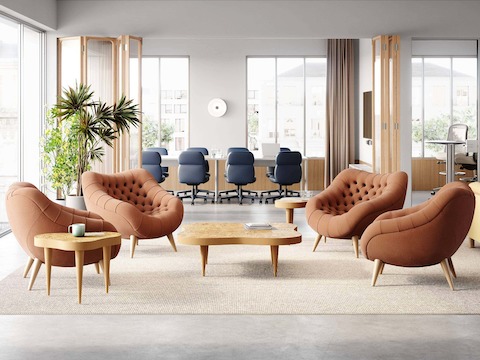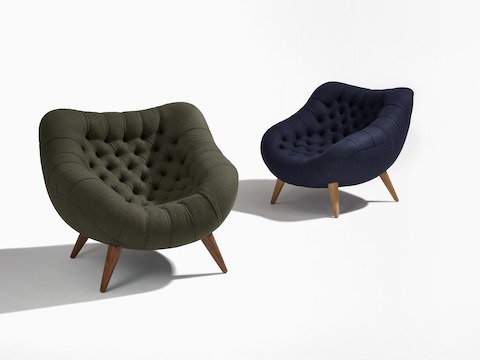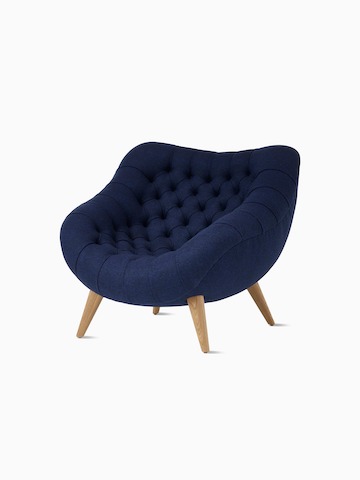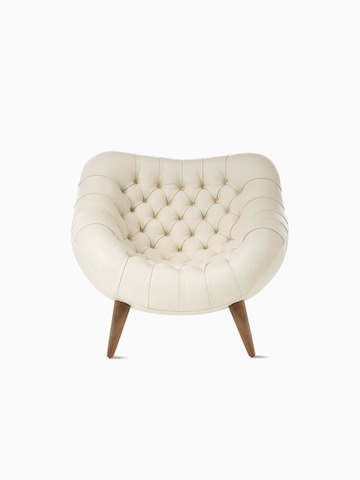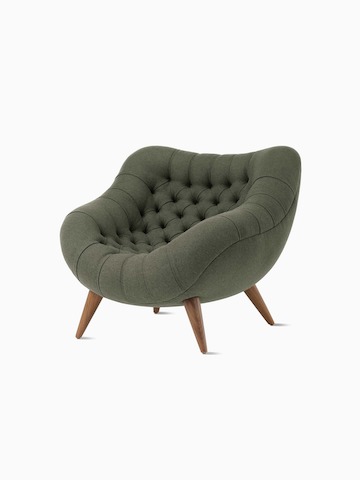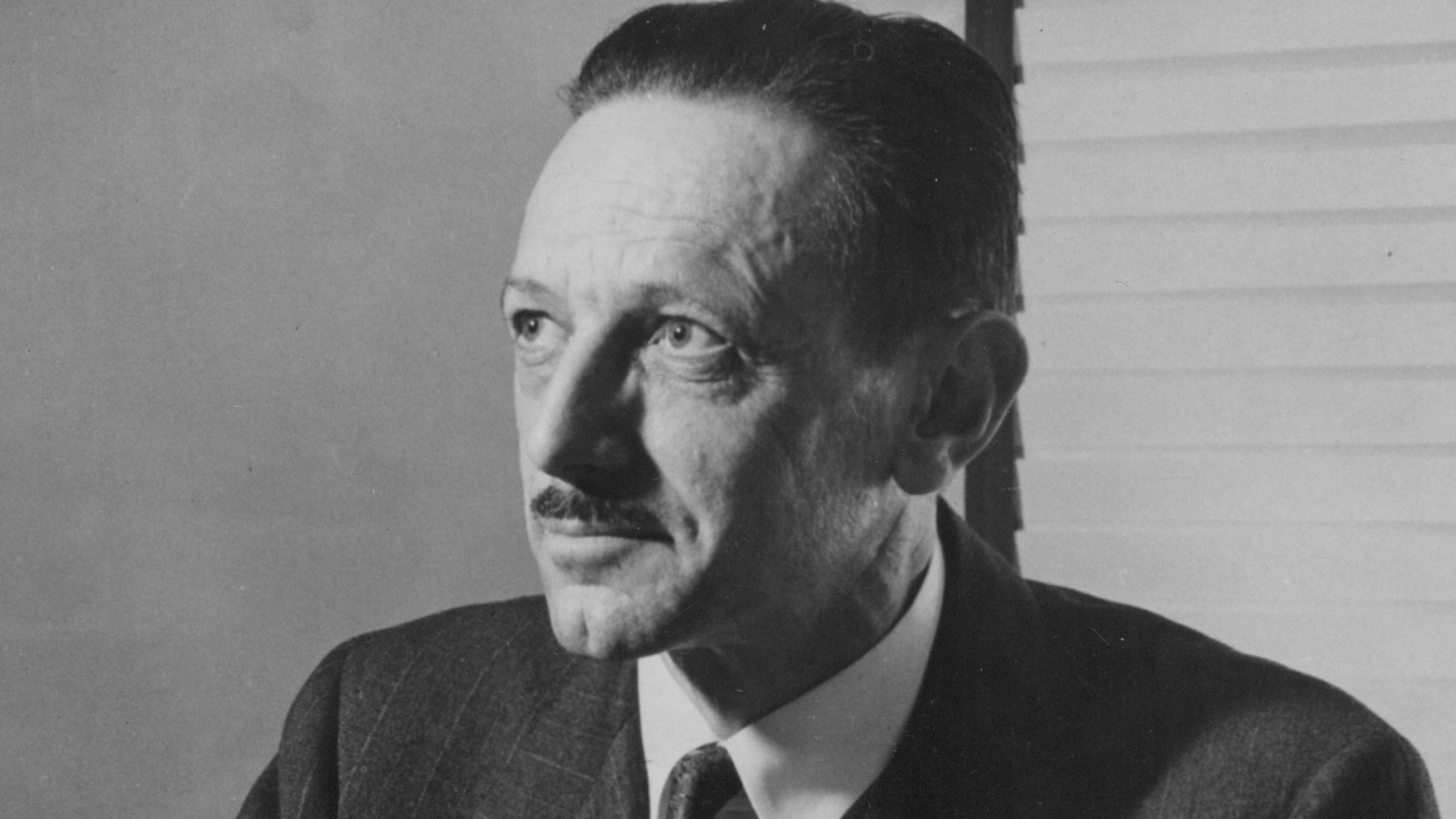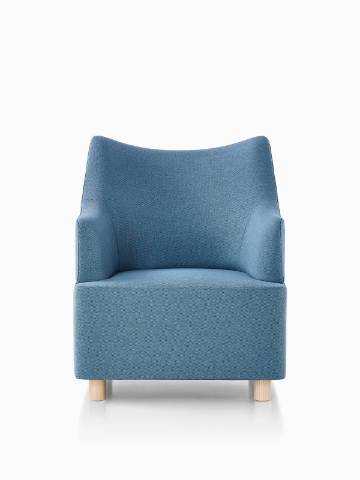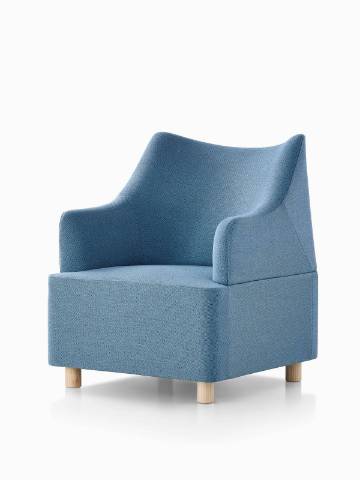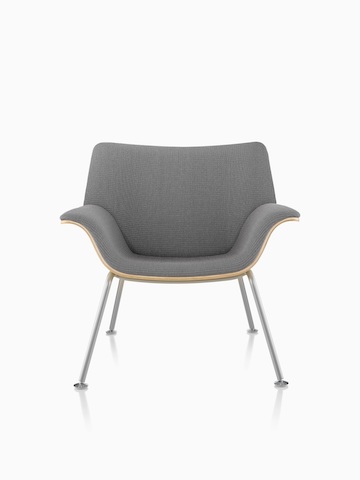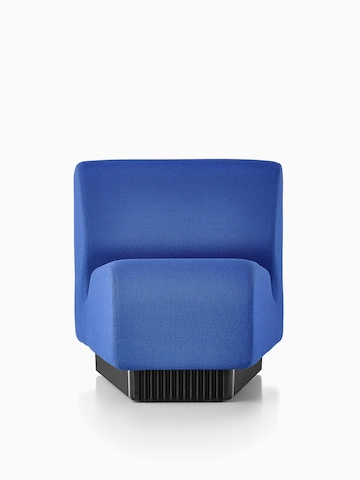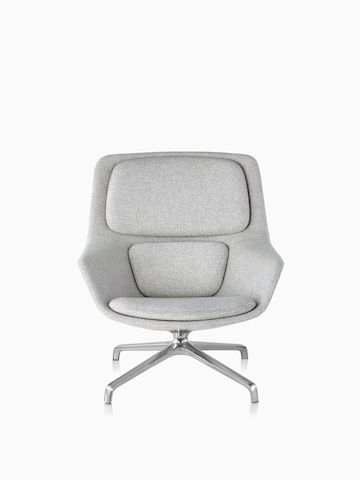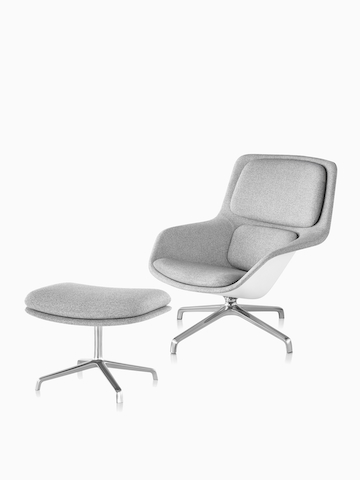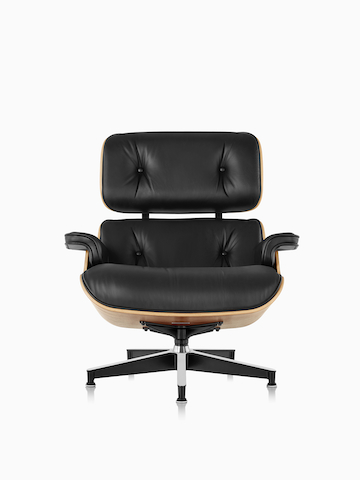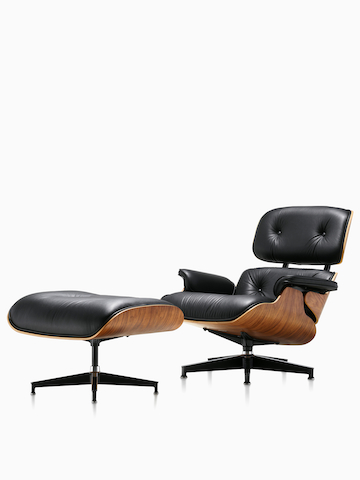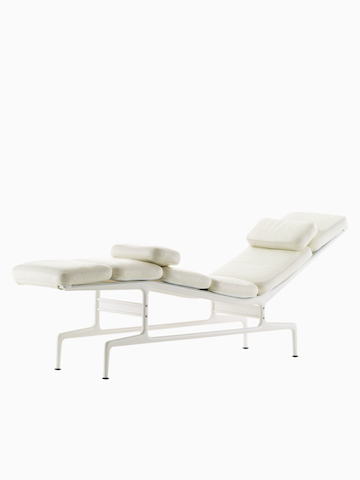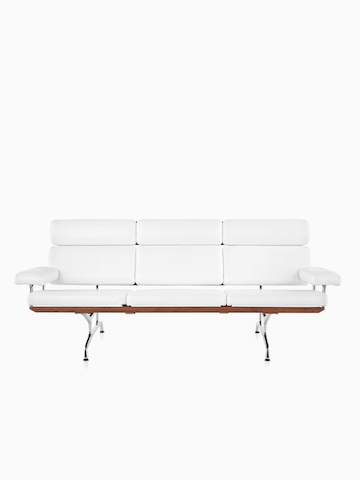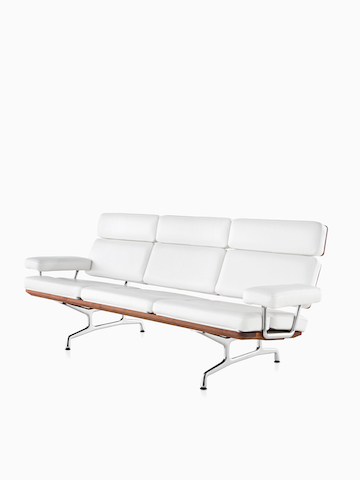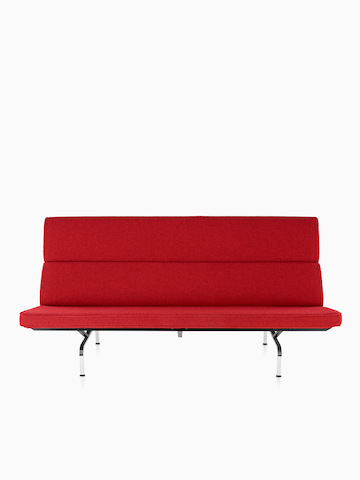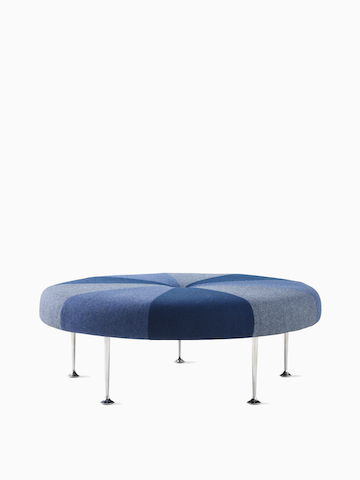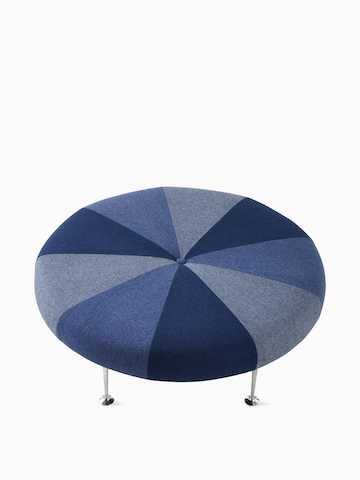Designed by Gilbert Rohde
Rohde Easy Chair
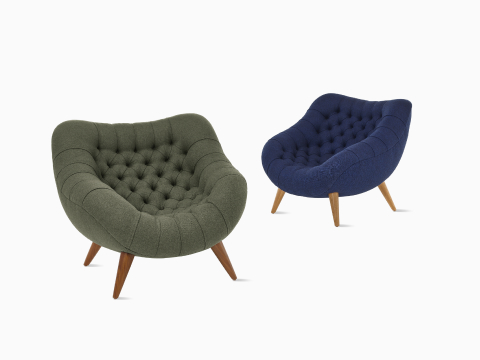
Easy living
Herman Miller’s legacy of modern design can be traced back nearly a century to when Gilbert Rohde became the company’s first design director in 1932. One of his last designs was the enveloping Easy Chair, expertly upholstered with tufts running across the entire seat and back in a diamond pattern. It’s being reintroduced for the first time in over 80 years—with the addition of leather and a selection of plush textiles.
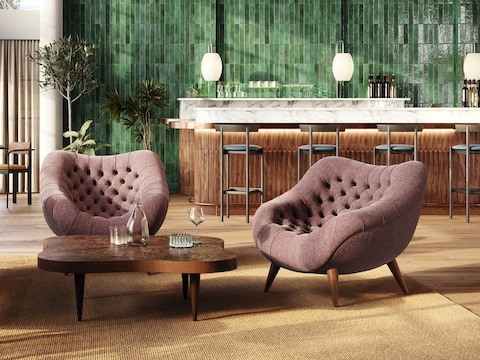
Original design
Rohde was part of the first wave of industrial designers during the 1930s and ‘40s to find success amongst the masses. His achievement was in his ability to see how society was changing—and propose designs that would anticipate people’s needs, whether through new ideas, materials, or forms. Rohde once said to Herman Miller’s founder, D.J. De Pree, “You’re not just making furniture anymore. You’re making a way of living—a lifestyle.”

True modernism
The organic and biomorphic shapes featured in this collection are a clear example of Rohde’s inspiration from the art world in the 1940s. At first glance, the Easy Chair evokes traditional design with a tufted pattern. But its rounded back and enveloping seat share the same curvy, organic shapes that Rohde used in many of his designs, and were unlike any other at the time. His focus on honest material and simplicity of function through the chair’s exceptional craftsmanship and plush upholstery was pivotal in establishing the company’s standards. And because his approach focused on the people using these products, the designs feel as relevant today as then.

Specs
Get detailed dimensions, materials, features, and options for the Rohde Easy Chair.
